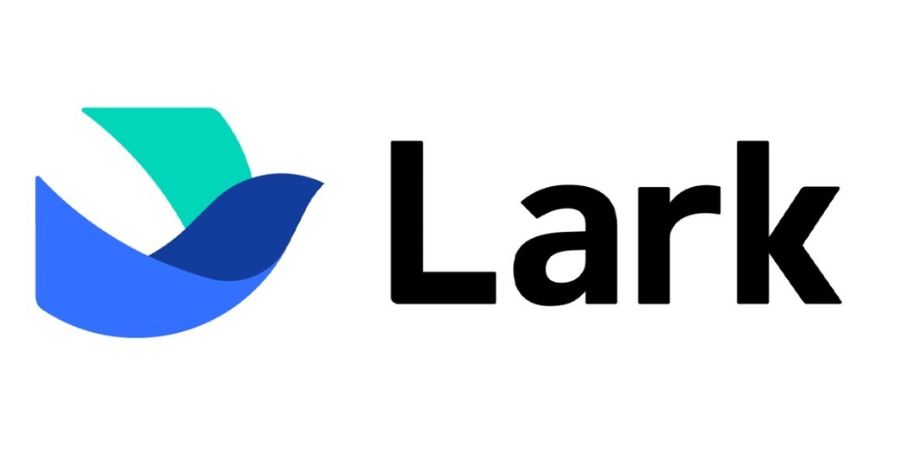The shift to digital-first work has changed how teams work together in a big manner. Teams don’t have to work in offices or on established schedules anymore. They can now work on different devices, in different time zones, and through different channels. It’s easier to be flexible now, but it’s also more complicated. Tools that are spread out, updates that don’t match up, and processes that are broken up can all make work take longer. You need to employ linked technologies that make it easy for everyone to talk to each other, be responsible, and exchange information if you want to transform how your team works together. To make this shift happen, modern project management tools are highly necessary. They create digital-first workflows that make working together and getting things done better. Lark is at the forefront of this transition by giving businesses the tools they need to get the results they want while adjusting to the new ways of working.
Lark Base brings structure to distributed workflows
When teams are spread out over a variety of places, it can be challenging to keep track of what’s going on. Lark Base makes sure that team members can always find projects and data in one place, no matter where they are. Managers can move between Kanban boards, Gantt charts, and grid views based on what they need to do. Custom fields let teams keep track of things like the project’s dependencies and the budget’s status. related records make sure that when a milestone changes, everything that is related to it in the system changes automatically. Leaders may see how well their teams are doing without having to produce reports by looking at real-time dashboards that offer live analytics. Base is what makes teams who work from different places open and on the same page.
Lark Messenger reshapes communication for clarity and focus
Digital-first work could make teams feel overwhelmed by all the notifications and interruptions. By keeping conversations organized and tied to business, Lark Messenger alters the way people talk to one other. Threaded conversations keep all the updates in one place so that decisions don’t get lost in the noise. People pay attention to mentions and answers where they should, and smart alerts get rid of the noise that isn’t important. Teams may pin essential messages so that they are constantly visible. They can also turn talks into tasks or Docs right once, ensuring that communication leads to action. Messenger helps teams keep their relationships strong in a digital-first era by reducing stress and connecting talk to action.
Lark Calendar coordinates time across hybrid schedules
Time is one of the most difficult things for teams that are both hybrid and international to deal with. Lark Calendar makes it easy to plan things by showing everyone on a team when they are free and automatically adjusting for time zones. To make sure that resources are available when they are needed, leaders might put project milestones at the top of team schedules. You can link events to Docs for agendas or to Base records for keeping track of dependencies. This keeps meetings on topic. Reminders make it less likely that you’ll forget key dates, and events that happen often make it easy to get ready. Calendar puts scheduling into processes so that hybrid teams may stay in sync without having to go back and forth all the time.
Lark Tasks drive accountability with automation
It’s harder to hold people accountable when they work in separate time zones or at different times. Lark Tasks makes it easy to identify who is in charge of what by turning talks into organized tasks with clear owners, due dates, and tools to check on progress. A manager may rapidly turn a conversation into a task, which makes it less likely that someone will forget to accomplish something. Recurring schedules handle routine duties, and real-time monitors show how the work is spread out. The automated workflow features also help with tasks by sending reminders, moving overdue items to the top of the list, or automatically updating dashboards. This means that people don’t have to conduct as many follow-ups. This combination of visibility and automation makes sure that accountability doesn’t go away in digital-first environments; instead, it gets stronger.
Lark Wiki strengthens knowledge-sharing across borders
When teams grow all across the world, it’s possible for information to get locked in one place or department. Lark Wiki stops this by letting businesses store and share their knowledge. Teams can construct separate sections for policies, best practices, or information for new hires. Tags let workers identify what they need right away, and search functions assist them find things in different categories. When people work together to modify something, the content is constantly up to date, so resources can change along with plans. Wiki brings together information from different teams so that everyone is on the same page. This makes it easy for new employees to learn the ropes, no matter where they are, and cuts down on work that is already being done.
Lark Mail bridges traditional communication with digital-first systems
Even if instant messaging is popular, email is still crucial for talking to individuals outside of work, keeping clients up to date, and producing official papers. Lark Mail brings email to the greater digital-first workspace, so it doesn’t become its own space. Teams can work from anywhere since they can check their email even when they aren’t connected to the internet. All of their devices sync with one inbox. It’s easy for businesses to switch from outdated platforms with the help of Gmail migration support. Lark Mail is perfect for teams who work largely online because it links emails directly to tasks, Docs, or Base records. This makes sure that important messages are always in the process. This integration links ancient ways of working with new ways of working together.
Lark Meetings create alignment for hybrid and remote teams
In a digital-first workplace, meetings are still vital for making sure everyone is on the same page, but they need to change. Lark Meetings transforms how meetings operate by letting participants work together before, during, and after the meeting. Calendar is directly connected to scheduling, which makes it easy to plan things between places. Everyone can change live Docs for agendas and notes during meetings, which keeps everyone involved. Automatic recording and transcription save talks so you may listen to them later. You can also use transcripts to help you discover what you need more quickly. You may turn action points into tasks straight immediately, which makes sure that decisions are followed through on. These things make meetings more about having everyone on the same page than about stopping work, which keeps hybrid and remote teams interested and working hard.
Conclusion
Teams need tools that connect people, processes, and goals without any difficulties in order for digital-first workflows to work. Lark provides you this: Base provides things a structure, Messenger modifies how people talk to each other, Calendar syncs schedules, Tasks combine accountability with automation, Wiki stores content, Mail integrates formal communication, and Meetings bring together teams that are spread out. These tools work together to make sure that “digital-first” doesn’t mean “not connected.” Instead, it means that teamwork will be better and more integrated. Companies that want to do well in this new era should use business process management software like Lark. This software makes sure that teams are on the same page, are responsible, and do their jobs well, no matter where or how they work.



